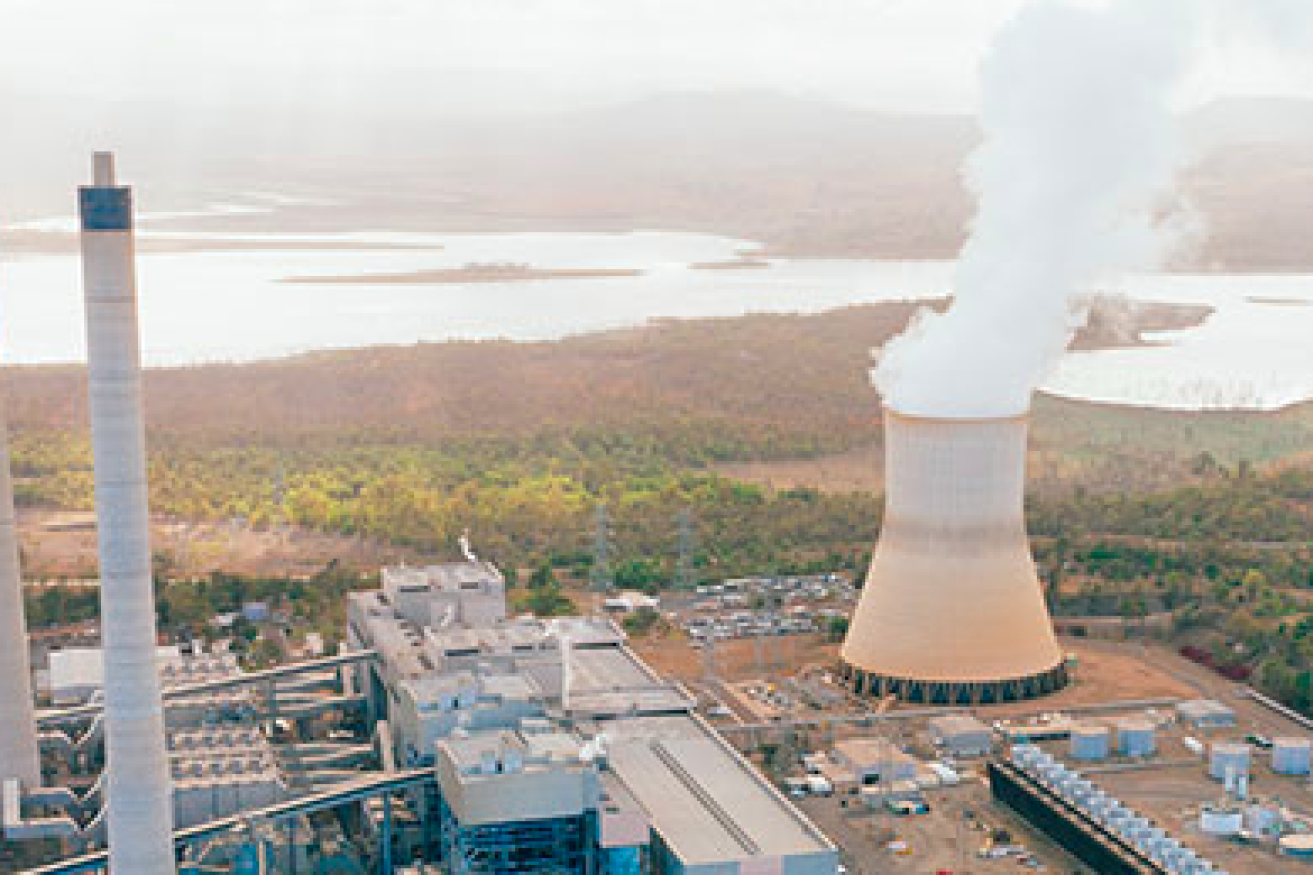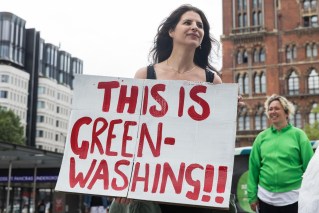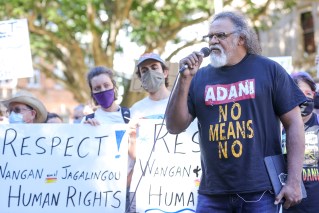Third World problems: Can Qld’s creaking power network handle the heat?
The State Government or Czech energy giant Sev.en are the likely prospects to pick up the 50 per cent stake in Callide C power station following the collapse last week of the plant’s joint venture partner IG.


The Callide power station in central Queensland (photo: CS Energy)
Sev.en is the parent company of IG, one of the four separate companies that were related parties at Callide and were all tipped into administration after both sides couldn’t agree on funding for the future.
The Government is likely to be the biggest creditor because Sev.en had yet to make any payments to rebuild the C4 unit promised after it exploded in 2021. The costs were estimated at $200 million.
And complicating the picture is the future of coal generators like Callide. A buyer would have to have nerves of steel to stay in the picture when the Government is planning a phase out of coal fired power.
And it’s in the interests of the Government to pick up the stake because it makes for a cleaner transition.
That brings us to an unheralded recent event.
Nothing much was made of it at the time but on March 16 – a scorcher by any reckoning – Queensland hit its record electricity demand, just above 10,000 megawatts, well below the capacity level of 15,000 MW.
In the halls of power (pardon the pun) that day there were more than a few nervous energy bureaucrats because a lack of reserve (2), a mid-level alert, was issued for NSW and Queensland. This gives the regulator the power to direct generators to switch on because sometimes they hold back until the price reaches a point where they can make an absolute killing.
The important thing following that March 16 event is that even as we got close to the line, there is a bigger problem on the horizon. The east coast is about to lose a major power station when the Liddell units in NSW start shutting down next month.
It will be a sizeable hit. Four, 500MW units will eventually be shut down and exit the market.
There is not much that can be done about it. The creaking old power station is on its last legs.
Its closure affects Queensland because we are part of the national electricity market which sets the spot price for electricity.
Add to that the potential for next summer to be a hotter-than-normal El Nino affected season and we could be in for some interesting times in the energy market.
And, there is also the gas issue and the predictions of shortages in the southern markets.
Surprisingly, we have had years to plan for this. AGL, which owns Liddell, made it very clear to everyone in 2015 and reaffirmed in 2017 that time was up for the “old lady’’.
And as far back as 2011, the Queensland Government was being told what would happen if such a large chunk of our gas was exported through the LNG projects.
But the future is a far-off field for politicians. If it hasn’t happened it’s likely to be someone else’s problem and it’s fair to say most of the politicians who made those decisions are no longer in Parliament.
Just to spice things up a bit, CS Energy recently confirmed two of its Callide units in central Queensland would remain offline for up to another six months, nearly two years after a major explosion forced one of the units to shut down.
So, the east coast is heading into a winter – a peak demand period for the southern states – in a very difficult place.
None of this means we will have blackouts, but it underlines the absolute debacle the states have managed to create in the energy market.
Even with years of advanced notice we are in a situation that you’d expect in a Third World nation.
In Queensland, our energy plan is very much about getting to 2032, not about next winter or next summer.
While it is appropriate, indeed vital, to push ahead with the transition, Queensland has some issues to deal with in the here and now.











